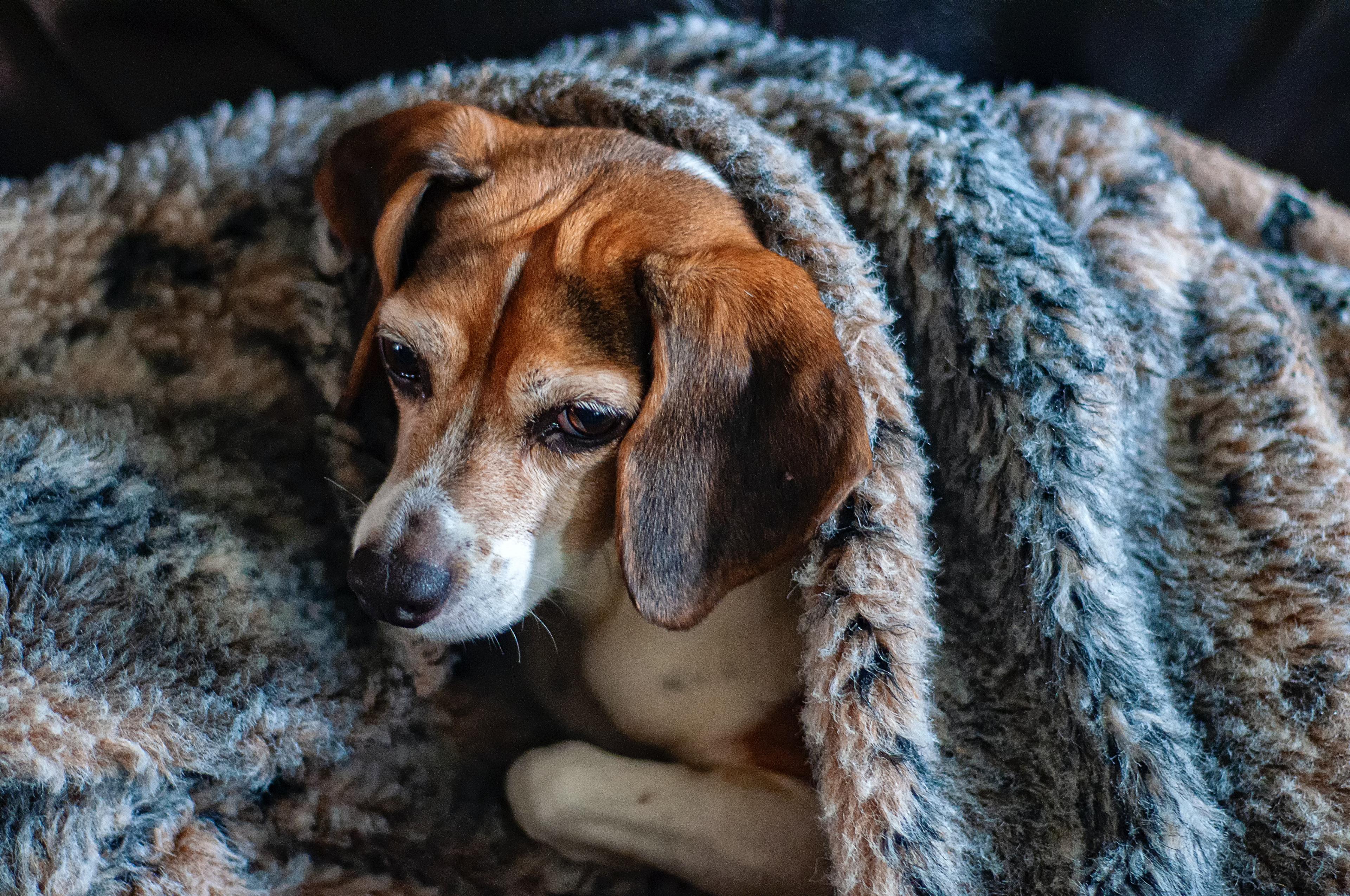
Keeping Your Fur Babies Safe and Cosy this Winter
With the colder months now upon us, we thought it is a good time to share a few tips for keeping our fur babies safe and happy.
Protect Your Furbabies from the Cold
Most dogs love nothing better than going for a daily walk or two, but in the case of extreme weather, or even just moderately cold weather, it might be best to check that they do not get too cold.
Although here in WA we are not usually subject to the same wildly fluctuating temperatures as our Eastern counterparts, we still feel the effects. Just like their human pawrents, dogs can get cold in wintertime and should be protected against ailments such as dry noses, frostbite, and hypothermia. While it is great to wrap your dog up in a raincoat or jacket to keep them warm, make sure it does not restrict their movement.
Keep Your Dog Warm and Comfortable Indoors
If your fur baby is shivering or shaking, acting anxious, or seeking warm places, it is a sign they are feeling the cold. Generally speaking, if it is too cold for you, it is probably too cold for them. Keep them indoors, making sure their dog bed or resting place is elevated and away from drafts, and you can add an extra blanket to keep them extra cozy.
Protect Your Dog’s Paws from Cold Weather
As their paws are not protected, you could look into protective booties to keep their little feet nice and warm when they play outside or go for a walk. Exposure to winter’s dry, cold air, chilly rain, and sometimes sleet can cause chapped paws and itchy flaking skin. Repeatedly coming out of the cold into the dry heat of your home is one of the causes.
Towel dry your fur baby as soon as you come in, paying special attention to their feet and in between their toes. Sometimes massaging petroleum jelly or other paw protectorants into their paw pads before going out can help too.
Provide Extra Care and Nutrition to Your Dogs in Winter
Our fur babies also burn extra energy by trying to stay warm, so feeding them a little bit more can provide much-needed calories. As always, make sure there is plenty of water for them to drink- it helps to keep them hydrated and their skin less dry.
Bathing and Grooming Tips for Your Fur Babies in Winter
Bathe them as little as possible since it can remove essential oils and increase the chance of developing dry, flaky skin. If you must bathe them, make sure to use a moisturizing shampoo and/or rinse.
An Interesting Aside on Parked Cars and Wildlife
Parked cars can attract cats and small wildlife seeking warmth, which may crawl under the hood. Before starting your engine, bang on the hood to scare them away to avoid harm to animals.
I do hope these tips help keep all our special family members safe, happy, and cozy this winter.
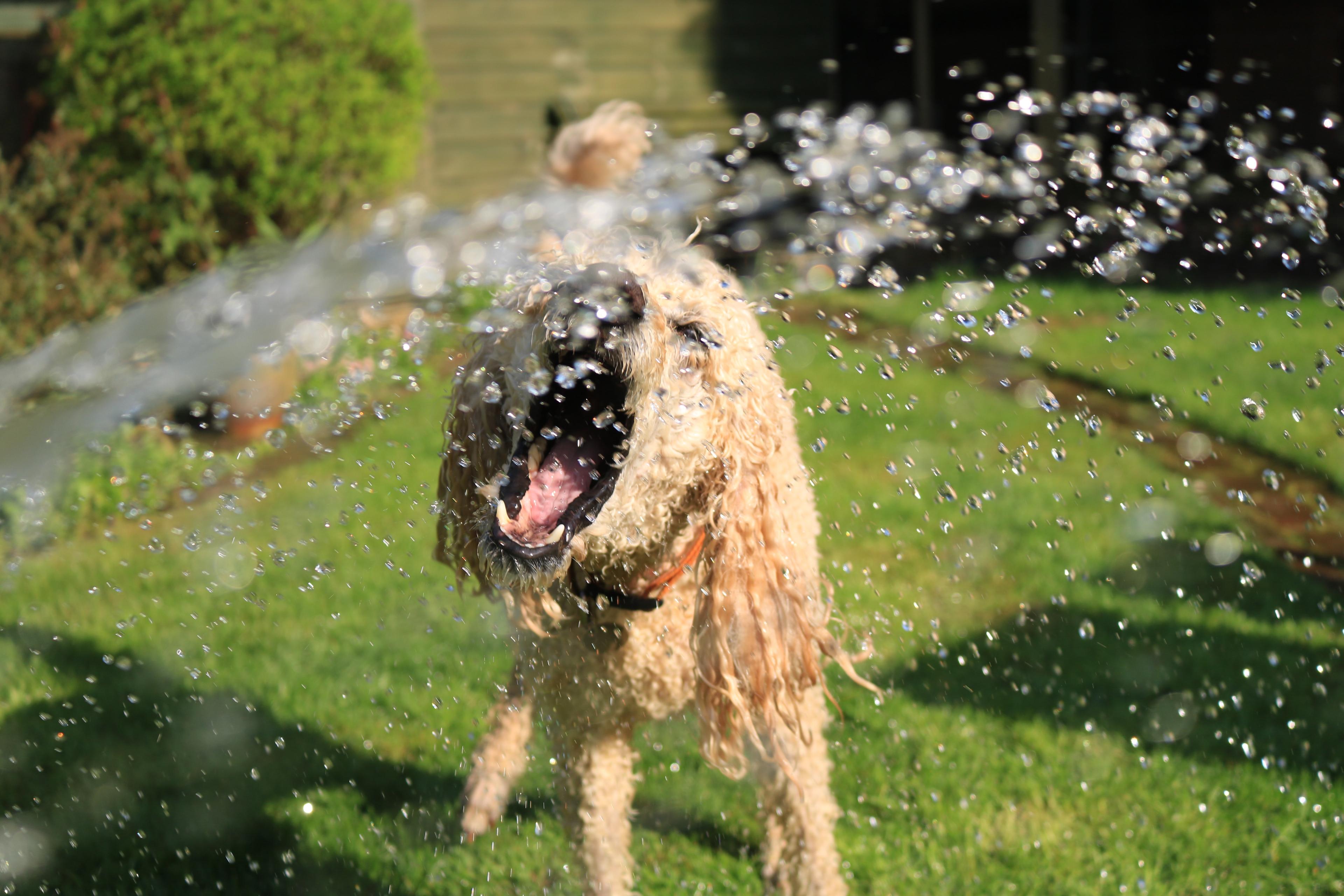
Still, Summer Summer time!
Summer is not over just yet and predictions are that March will be a hot one!
With temperatures predicted to soar again over 30c next week, now is the time to protect our pooches on those summer walks or outdoors and in gardens.
Temperatures Rising
Is the ground too hot to walk on? If it burns your bare feet, you can be sure it burns theirs too.
Try the 7 second rule – test your bare foot (or back of your hand) on the footpath. If it’s too hot to keep it there for up to 7 seconds, then yep, it is too hot for them to walk on.
Try to plan your walk early morning or late evening, and of course, avoid the hottest part of the day where the risk of heatstroke is at its highest (and can be life threatening).

If you’re leaving your pup/s outside make sure they always have access to shade.
Try to find shady grassed areas for walks. Much more pleasant for those little bare pads of theirs!
Slip-Slop-Slap
This might come as a surprise, but your pup can get sunburnt just like you. For short haired, hairless or fair skin pooches this can be especially true.
You can pop some sunscreen on their nose, belly and ears for extra protection.
Be Safe, Hydrate

Top tips to remember for those warmer days;
- Always keep an eye on their water bowl levels – keep topped up and not in direct sunlight
- Add an extra bowl of water as backup (and water bowls should be nice and fresh daily as bacteria builds up)
- Add some ice blocks for them to lick or chew
- Slow your walks down
- Take a bowl and plenty of water with you on walks to keep your furry friend hydrated
- How about a small pool for your pampered pooch?? Clam Shells sold at Bunnings are a great hack
- A wet towel or blanket for them to lay on also works wonders to keep them cool

Dehydration Signs
- Look for signs of dehydration and overheating such as drooling, excessive panting or lethargy
- Move them to a cool area and apply some icepacks or cold towels to their head neck and chest
- Give them cool water to drink
If they are not improving or are showing signs of heatstroke (see below) please seek assistance from a vet immediately.
Heatstroke
Certain breeds, as well as overweight or elderly dogs can be more susceptible to heatstroke. This can be due to their physical features limiting their ability to maintain their normal body temperatures.

It can also be due to their breathing being compromised by the shape of their skulls (such as the shorter muzzled brachycephalic breeds). Some of the highest breeds at risk include;
- Chow Chow
- Bulldog
- French Bulldog
- Dogue De Bordeaux
- Pug
NEVER LEAVE THEM IN A VEHICLE
Even an overcast day with the windows down, dogs can still overheat and die in a short time.
Extra care should be taken to avoid heat stress and watch out for any signs of dehydration or heatstroke.
EARLY SIGNS OF HEATSTROKE
Whatever the type of pup you have, it is important to recognise early signs of heatstroke and act quickly.
Look for;
- Excessive panting
- Vomiting
- Excessive drooling
- Blood in stools
- Collapsing
EMERGENCY FIRST AID

Cool your dog down by taking them to a cool, shady area (or preferably someone where with a fan if nearby). Pour water over their body (room temperature or cooler) and seek veterinary attention immediately.
Prevention is of course key.
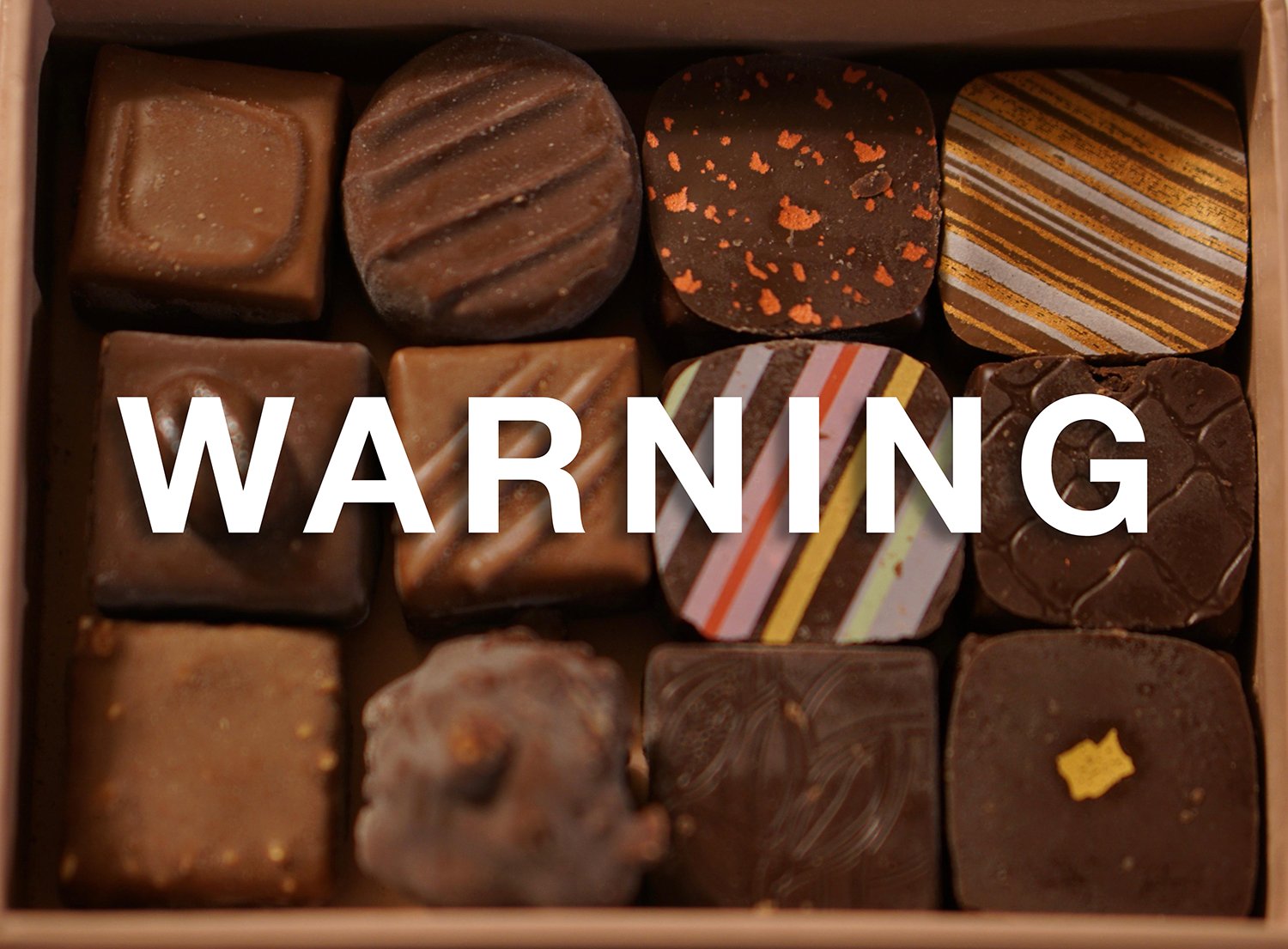
Chocolate – a ‘human only’ treat!
Most of us LOVE to indulge on chocolate – so naturally, we may want to share this delight with our beloved fur-friends … BUT we need to remember that this is a ‘human-only’ treat and one of the biggest no-no’s for our puppy dogs and cats.
As innocent and delicious it may seem to give them chocolate, especially when they put on their best ‘puppy dogs eyes’ – don’t let yourself be tricked.
Theobromine, the main ingredient in chocolate is potentially lethal!
While it may give us humans a little boost, it is poison for your pooch and kitty cat.
Keep a sharp eye out on your children too as they ‘love to share’, making sure they stay away from you fur babies when they’re tucking into chocolate treats.
Should you find your cheeky pet got to the chocolate somehow, contact your vet immediately.
Jenny + the House and Pet Sitter team!
x
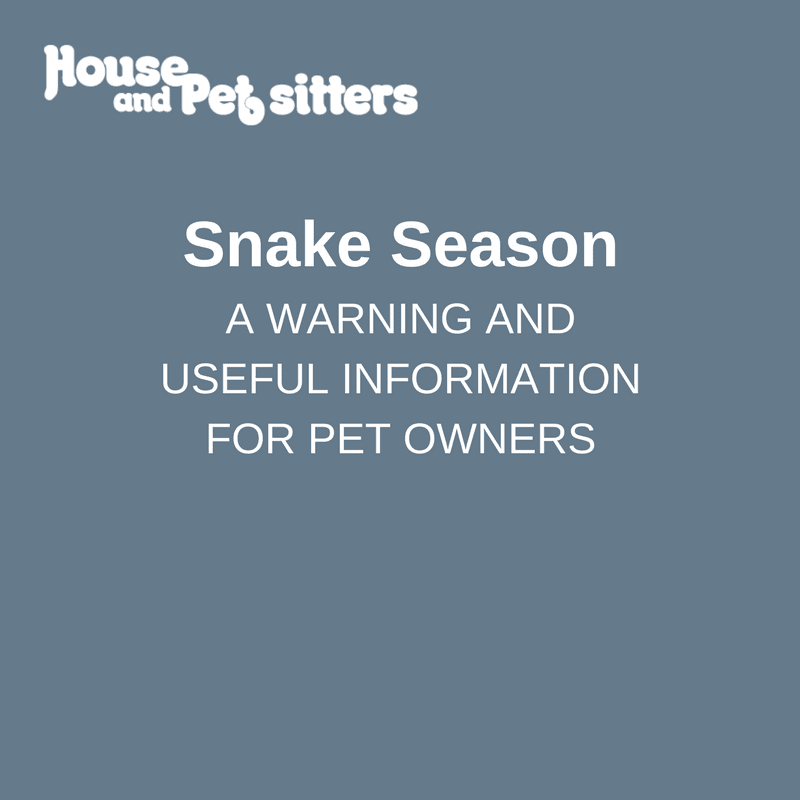
Snake Season
Snake Warning and Useful Information
This information is taken from the Perth Vet Emergency First Aid Book 2nd edition
Australia is home to a number of snakes, both venomous and non-venomous. In Western Australia, commonly seen snake bites are from Brown snakes or Dugites, Tiger snakes. Less common snake bites are from Black snakes otherwise known as King Brown or a Mulga snake, Death adders and Taipans.
The poison from the bite of these snakes contains toxins that are responsible for life threatening changes to our pets.
Unfortunately, Perth pets often come into contact with snakes because they live throughout urban areas, near wetlands and in dry, arid regions. The natural curiosity of our pets and their natural hunting instincts mean they are keen to investigate these slithering reptiles.
Symptoms of a snake bite;
- dogs may yelp when bitten
- animals that collapse and then apparently recover will slowly develop symptoms over the next 30-60 minutes.
- vomiting
- drooling and trembling
- dilated pupils
- involuntary urination or defecation
- repaid breathing and/or panting
- bleeding from the bite wounds or other body sites (bloody diarrhoea)
- collapse – often immediate which is followed by a period of recovery
- red or brown discolouration of urine
- paralysis – starting with hind limbs and progressing towards the head
- death from respiratory failure – paralysis of breathing muscles
In the majority of cases, the bite site is not found and there is very little notable pain or swelling associated with Australian snake bites.
If you suspect your pet has been bitten by a snake, if you have seen a snake near your pet or if your pet is acting strangely after being in an area where snakes are likely to be found – particularly in warmer weather – seek veterinary attention immediately. Delays in treatment can be fatal.
Emergency Treatment before Transport to the Vet
If your pet is not breathing, attempt mouth to nose resuscitation, giving one breath every 3-6 seconds.
Do not risk envenomation by attempting to bring a live or dead snake in to assist identification– a test can be performed on your pet to identify the type of antivenin required.
Keep your pet as still as possible to minimise venom absorption. If a limb has been bitten, bandage the entire leg firmly. This limits venom movement through the lymphatics. Do not try to cut off the circulation with a tourniquet.
What to Expect at the Vet
- Blood and urine testing to assess the severity of the envenomation, and identify the type of snake if required.
- Oxygen therapy to help with breathing.
- Intravenous fluid therapy to support blood pressure and kidneys.
- Intravenous medications and antivenin if required – some animals need multiple doses and antivenin can be quite expensive.
- Assisted ventilation – a machine breathes for your pet until it can breathe on their own.
- Assisted feeding – with special feeding tubes to provide nutrition if the food pipe muscles are affected.
If your pet requires treatment, this usually involves hospitalisation for at least 12 – 24 hours, and in some cases, several days. When your pet is discharged home, your vet will recommend confined rest for 1 – 2 weeks.
In some patients, no treatment is required, due to a lack of clinical and laboratory evidence that the patient has been envenomated. In these cases, monitoring your pet for any delayed symptom of envenomation at a veterinary hospital for a period for 12 – 24 hours may be all that is required.
With appropriate and timely medical therapy, many patients recover completely. Unfortunately, if necessary treatment is not instigated, many of these patients will not survive.
For another House and Pet Sitters blog about snakes click here.
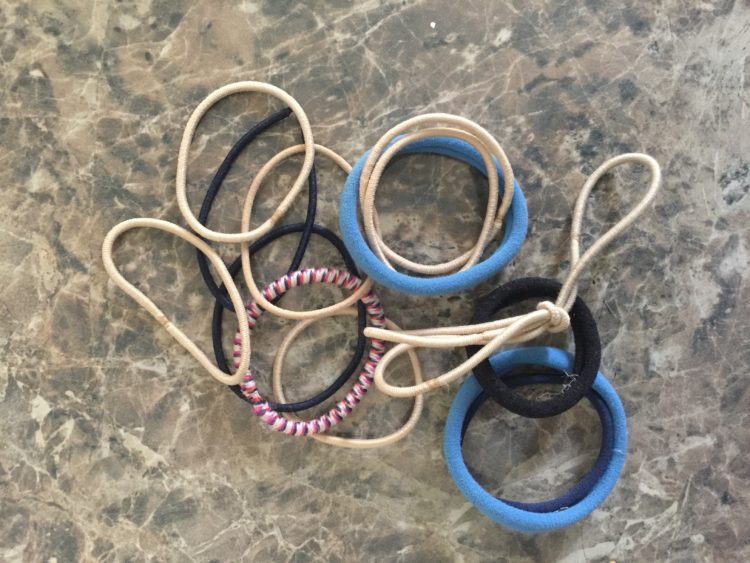
Warning to cat owners about dangerous household item
House and Pet Sitters often comes across interesting and valuable information that is worth passing on to whoever is interested.
For example, Katie Finlay from iheartcats.com pointed House and Pet Sitters to this story about a cat owner who almost lost cat because of a common household item.
The fur-baby in question is Ollie. He was adopted by Ramphasto as a happy, healthy young adult until…
“one day he began throwing up everywhere and eventually just stopped moving. It was at this point I knew I needed to get him to an emergency vet. They did blood tests and x rays and found something lodged inside his stomach and intestines. It was some sort of hard mass. They told me they needed to do an emergency surgery or he would die.” Ramphasto said.
Ramphasto explained how Ollie went into surgery and what they found was a shock. She had no idea that this item could be so harmful to her precious pud.
What the vet found was hair ties. Ollie had eaten so many, they had matted and lodged in his intestines causing a blockage.

“He did survive his surgery thank goodness. When they showed me this bag of hair ties I wanted to hit myself. I felt so horrible for my ignorance. I would see him chewing up my hair ties and I would try to stop him, but I did not see or know he was actually swallowing them. I did not know the severity of the situation.” Ramphasto admitted.
Apparently, this can be a common occurrence i.e. cats swallowing small but strange items like string, elastic bands, wool etc.
Thankfully this story has a happy ending however it serves as a good reminder for cat owners to be aware and vigilant about what your cat plays with, and eats. Yes, sometimes this can be harder to manage than it sounds however a happy cat who has plenty of toys or activities to keep him/her occupied with be less interested in a random hair tie or piece of string.
Thanks for sharing Katie and Ramphasto.
